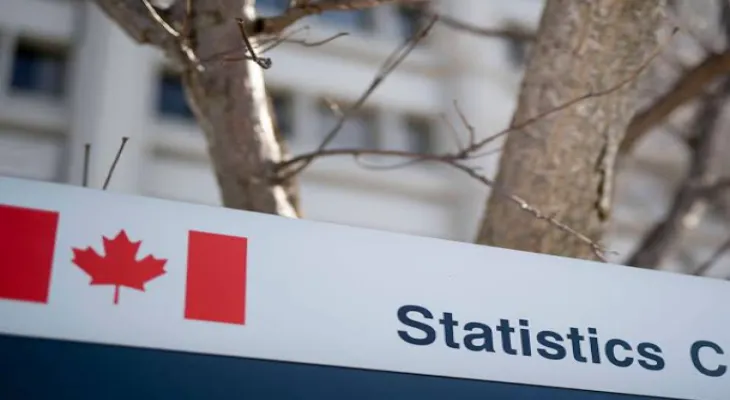Search here
Newspaper
Search here

Arab Canada News
News

Published: August 11, 2024
The data released by the Statistics Office in Canada indicated on the day before yesterday, Friday, that the labor market data in the country was mixed during the past month of July, as the Canadian economy lost about 2.8 thousand jobs in June, which was worse than the expectations that indicated the Canadian economy would add about 26.9 thousand jobs, while the previous reading had shown that the Canadian economy lost about 1.4 thousand jobs in June.
On the other hand, the unemployment rate in Canada recorded about 6.4%, which was better than market expectations, which had anticipated an increase in the Canadian unemployment rate to 6.5%, while the previous reading for the unemployment rate in the country also recorded about 6.4% in June.
The wage growth for permanent employees slowed to 5.2% from 5.6% in the previous month, although it remained faster than the expectations of 4.8%.
An economy struggling to produce jobs
Overall, the data indicates an economy struggling to produce jobs, and while the unemployment rate did not rise as expected, it is still about 1.4 percentage points higher than January of last year.
The report adds to the evidence that the labor market in Canada is on a path to gradual easing, while keeping economic activity low without causing a sharp increase in unemployment rates so far.
After the data was released, the yield on Canada's two-year government bond initially rose to 3.36% before quickly falling to 3.328% as of 8:40 AM Ottawa time. The Canadian dollar held onto its losses after the report, trading at 1.375 Canadian dollars against the US dollar.
The policymakers led by Governor Tiff Macklem also lowered the interest rate by 25 basis points for the second consecutive meeting in July.
During their discussions last month, some officials expressed concern that further deterioration in the labor market could delay the recovery in consumer spending and put downward pressure on growth.
This is the only jobs report before the Bank of Canada's next interest rate decision on September 4. Most economists expect cuts at all three remaining meetings this year, which aligns with market pricing.
Charles St-Arnaud, Chief Economist at Alberta Central, said in an email that the report shows the labor market is still weak.
He continued: “While the strong increase in full-time jobs is positive by driving up hours worked, it seems that job creation was once again concentrated in the public sector. This indicates that economic activity remains weak in the private sector. Additionally, the details show that the labor market has deteriorated further for the younger demographics.”
The unemployment rate among youth also rose in July, increasing by 0.7 percentage points to 14.2%, the highest level since September 2012 outside of the pandemic.
Total hours worked also increased by 1.9% from last year and rose by 1% over the month.
The participation rate also dropped to 65%, as the labor force decreased by 11,300, marking the first decline since September 2022.
The employment rate – the ratio of the working-age population that is employed – decreased by 0.2 percentage points to 60.9%.
The job losses were led by decreases in retail and wholesale trade, as well as the financial sector, which lost 44,100 and 15,000 jobs respectively.
There were 20,000 job increases in public administration. Regionally, British Columbia led the job losses.
Ontario and Saskatchewan were the only provinces that added to employment.
Comments